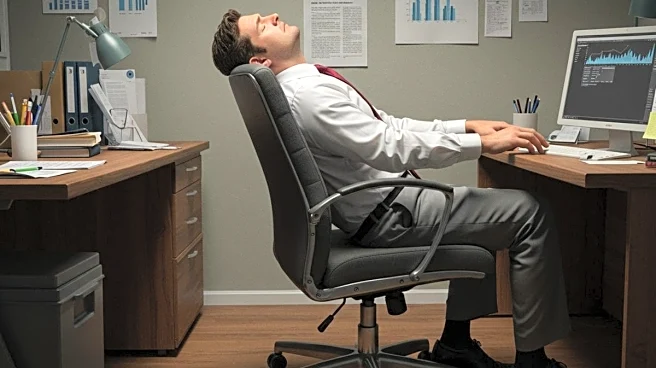Setting up your daily tasks, workstation, and movements to align with the needs of your body can have a significant impact in preventing back pain and stiffness. When the furniture you sit upon, your desk,
your sleeping patterns, and techniques employed to lift objects work with how your body is naturally designed to align rather than against it, your spine remains in alignment and your muscles can remain relaxed.
Dr Kasinath Swain, Consultant, Orthopedic and Spine surgeon, Manipal Hospital Bhubaneswar shares all you need to know:
Long periods of sitting are highly contributory to lower back pain. A chair to be used should be one that supports the natural arch of the lumbar spine, allows for the support of the feet, and maintains the hips and knees at 90-degree angles. On using the computer, adjustments to be made include setting the monitor at eye level and keeping the elbows at 90 degrees to facilitate relaxation of the shoulders and reduce stress on the wrists and median nerve. Proper positioning of the body is necessary during movements; for example, bending of the knees and not the waist while lifting, and keeping close objects to the body for proper spinal alignment. Sleeping also affects back pain; a firm mattress and a supportive pillow must be used, although sleeping on the stomach is to be avoided because of undue pressure exerted on the spine.
Movement breaks are just as important as good posture. To counter stiffness caused by sitting, stand up, stretch, or walk for a minute or two every 30 to 45 minutes. Sitting on a balance cushion encourages subtle movements that prevent your lower back from locking up, while reclining the chair slightly between 100 and 110 degrees helps take pressure off the spine. These small changes promote better posture, increase mobility, ease muscle tension, and even improve sleep comfort.
Gentle stretches such as Cat-Cow, Child’s Pose, hamstring and hip-flexor stretches, Glute Bridges, Bird-Dog exercises, and pelvic tilts promote flexibility and compensate for the static forces acting on your body. If matched with good ergonomics, namely constancy in posture to adopt neutral spine and to avoid long time in the same position, these movements can be maximally effective. Even simply once or twice a day, particularly at the end of the day after you have spent an extended period sitting, will likely produce a noticeable change in your back.
If back or neck pain continues, if discomfort increases with work, if there is tingling or numbness in the arms or legs, or if you have posture issues that do not improve with changing habits, you may want to obtain a consultation from a spine specialist. A specialist can provide early advice that can ultimately prevent a long-term injury and restore comfort better and faster.


/images/ppid_59c68470-image-17636875329005403.webp)

/images/ppid_59c68470-image-176368763766392703.webp)
/images/ppid_59c68470-image-176368767982327195.webp)
/images/ppid_59c68470-image-176368772397986605.webp)


/images/ppid_a911dc6a-image-176368924605312279.webp)

/images/ppid_59c68470-image-176369003257326111.webp)
/images/ppid_a911dc6a-image-176369202984519101.webp)
/images/ppid_a911dc6a-image-17636920668315223.webp)

